June 20, 2025 | 10:45 GMT +7
June 20, 2025 | 10:45 GMT +7
Hotline: 0913.378.918
June 20, 2025 | 10:45 GMT +7
Hotline: 0913.378.918
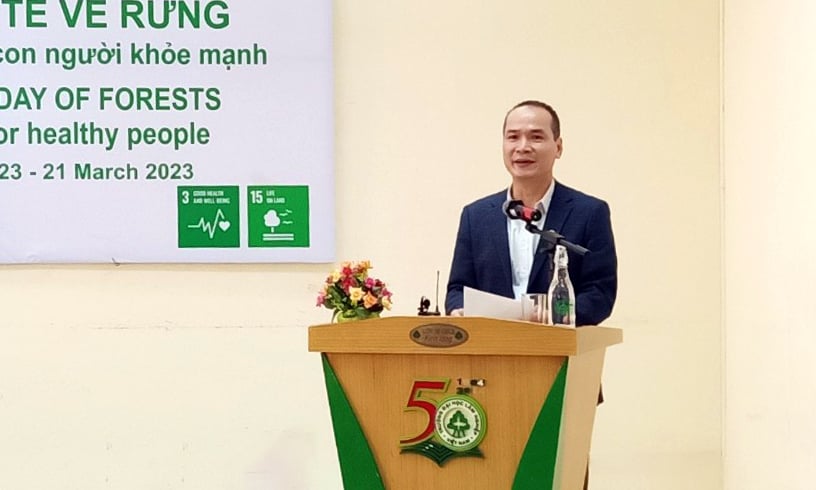
Mr. Pham Hong Luong emphasized the role of forests in life. Photo: Bao Thang.
"Between the forest and the happiness of each individual, the happiness of the whole society, or the happiness of a country and all mankind, there is a close relationship," said Mr. Pham Hong Luong, Chief of the Office - Vietnam Administration of Forestry (Ministry of Agriculture and Rural Development) delivered a speech on the International Day of Forests on March 21.
Forests are an indispensable natural resource base that provides the world with wood and fiber materials used in all forms, non-timber forest products such as honey, bamboo, and medicinal plants and acts as an important social safety net for rural communities particularly in developing countries of the global South.
It is clear that forests not only support healthy economies – but healthy life at large. The theme of the 2023 International Day of Forests (IDF) is ‘Forests and health’, which provides a good opportunity to highlight the functions and services that forests provide. It also provides an opportunity to discuss the theme in light of Viet Nam’s targets for the forestry sector.
The Chief of Office of the Vietnam Administration of Forestry said people must slow down their lives to reflect, change their thinking, and learn about nature's fundamental values. Protecting forests and the environment is necessary for people to live peacefully and healthily. We can have a happy life only when we live in peace and health.
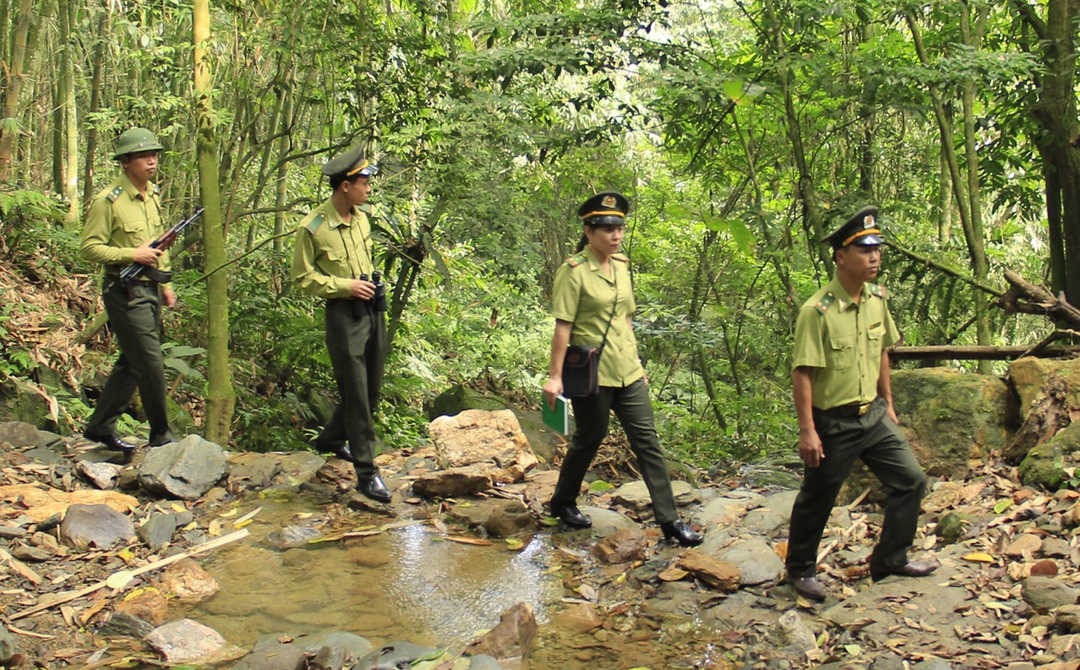
Forest rangers are patrolling the forest.
The United Nations' Global Forest Targets Report 2021 shows that forests are living spaces, home to 80% of species on land. 75% of the clean water accessible to humans comes from the forested river and stream basins.
About a third of the world's population, or 2.4 billion people, use wood and firewood from forests as energy for cooking and heating. On the other hand, about 40% of the world's renewable energy comes from forests, similar to solar, hydroelectric, and other combined energy sources.
Forests also provide raw materials for the production of medical supplies. Being in and near the woods, people can activate their immune systems, improve their psychological state, reduce stress, and help people relax. However, statistics from the United Nations also show that 75% of infectious diseases come from animals and often appear when forests are destroyed.
Forests are home to a vast number of wildlife species, life-supporting insects, plants and biodiversity. Forests play a key role in climate change mitigation through carbon sequestration and storage. Its canopies provide shading that reduces heat exposure for animals and ecosystems, while its dense growth hedges against extreme weather events (especially coastal forests).
As a country participating actively, actively and responsibly and making many commitments and supporting global climate change response initiatives, including forest protection and sustainable development, Vietnam has taken many practical actions to manage, protect and promote the multi-use value of forest ecosystems.
In particular, the Vietnam Administration of Forestry has advised the Ministry of Agriculture and Rural Development to submit to the Prime Minister for promulgation and organize the implementation of the Vietnam Forestry Development Strategy from 2021 to 2030, with a vision to 2050; A program for sustainable forestry development for the period 2021 - 2025 and currently submitting an Action Plan to implement the Glasgow Declaration on forests and land use.
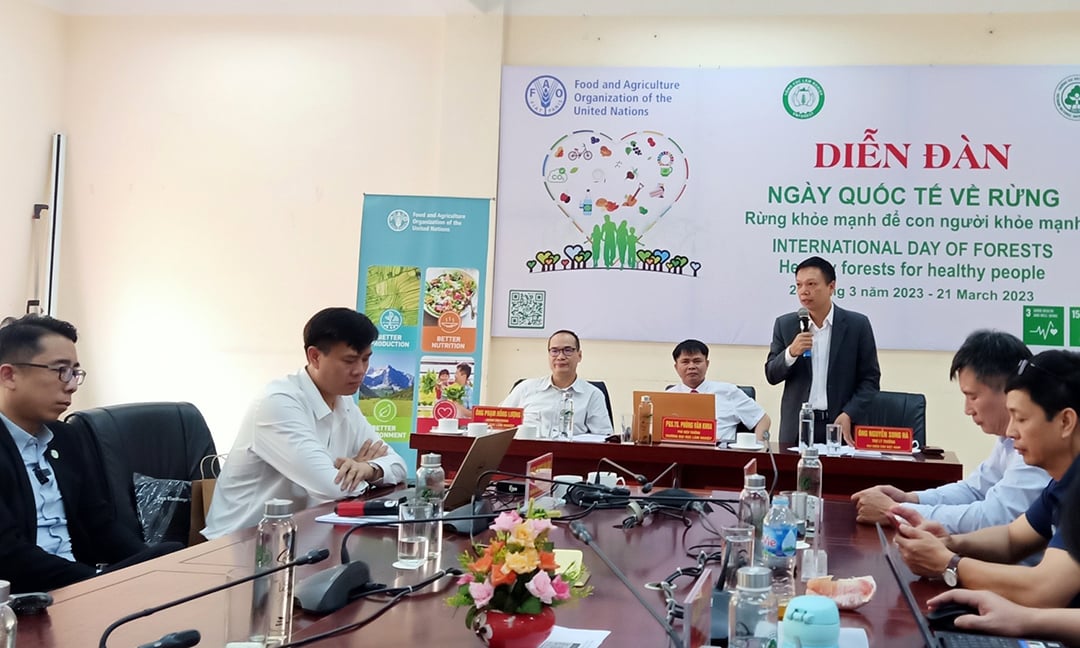
Mr. Nguyen Song Ha, Assistant Chief Representative of FAO in Vietnam, spoke at the forum. Photo: Bao Thang.
At the forum of the International Day of Forests, Mr. Nguyen Song Ha, Assistant Chief Representative of FAO in Vietnam, said there are currently three pathways related to forests and plants that can help forest health and environmental health restoration.
That is, ending deforestation, maintaining existing forest areas, restoring degraded land and developing agroforestry, using forests sustainably, and building green value chains.
According to Mr. Ha, these measures can avoid emitting about 3.6 billion tons of CO2 equivalent per year from 2020 to 2050. In addition, 1.5 billion hectares of degraded land will be restored and increased cover, helping to boost agricultural productivity on another 1 billion hectares.
Sustainable use of forests and building green value chains will help meet future demand for raw materials, especially as global natural resource consumption is expected to double from 92 billion tons in 2017 to 190 billion tons by 2060", Mr. Ha emphasized.
Also, at the forum, Prof. Dr. Pham Van Dien, Rector of Forestry University, said that green growth contributes to protecting natural resources and sustainable development of the forestry sector. To do this, Prof. Dr. Pham Van Dien recommends nine activities, which focus on strengthening cooperation and connection between units, organizations and individuals, promoting scientific research and technology application information and transforming green growth business models.
Translated by Ha Phuc
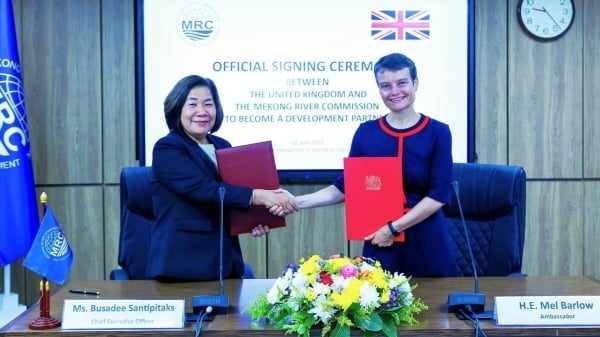
(VAN) On June 19, the United Kingdom officially became a Development Partner of the Mekong River Commission.

(VAN) Biodiversity is being threatened by traditional remedies made from wildlife. Traditional medicine and humans must change to live in harmony with nature.
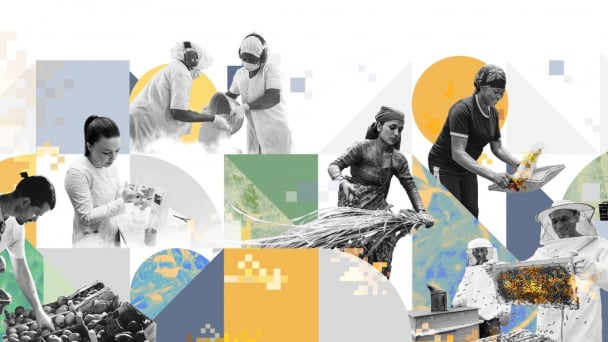
(VAN) Agrifood investment and finance solutions for people and the planet.

(VAN) Microplastic contamination has become pervasive in seafood, posing unprecedented challenges for food safety and marine ecosystems.
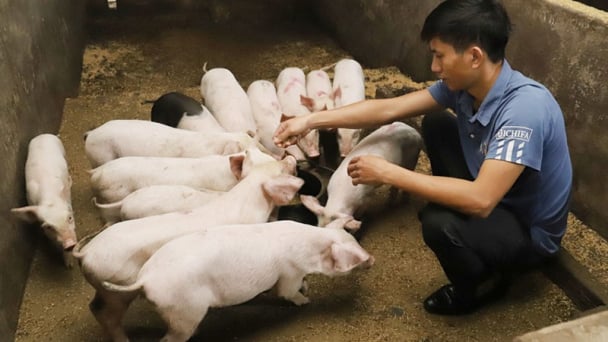
(VAN) Proactively using vaccines, combined with transport control and enhanced surveillance, is the only viable path toward biosecure and sustainable livestock production in Vietnam.

(VAN) Located in the southeast of Ho Chi Minh City, the Can Gio Mangrove Biosphere Reserve is considered the ‘green lung,’ a solid shield protecting the city.
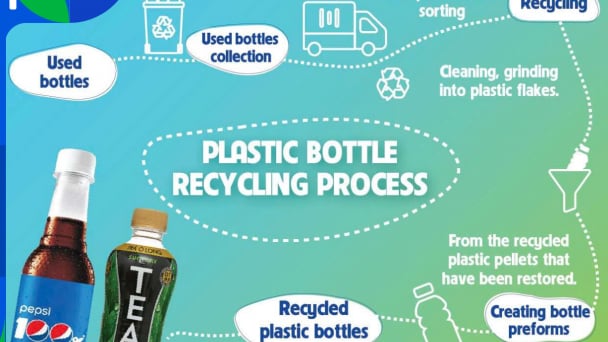
(VAN) To address plastic pollution, closing the plastic recycling cycle will bring significant economic and environmental benefits.